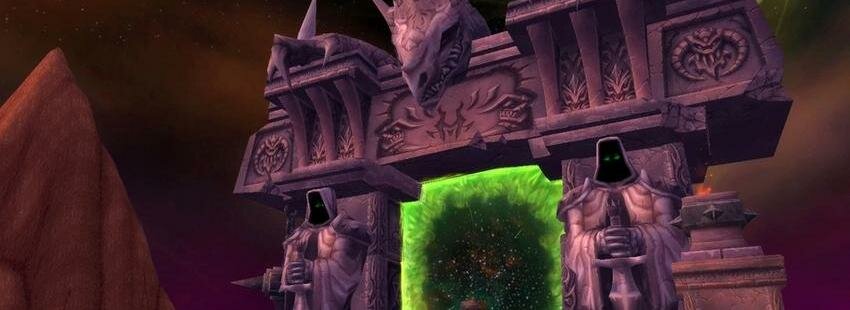Cast iron casting has been a cornerstone of manufacturing for centuries, renowned for its durability and versatility. However, with the rise of new technologies and methods, the cast iron industry is undergoing a significant transformation. This article explores the latest innovations in Cast iron casting, highlighting how these advancements are enhancing efficiency, precision, and sustainability in a time-honored trade.
The Evolution of Cast Iron Casting
Traditionally, cast iron was produced using methods that had remained largely unchanged for generations. The process involved melting iron and pouring it into molds to create various components. While effective, these methods often resulted in higher costs and longer production times.
Modern Casting Techniques
The introduction of modern casting techniques, such as 3D printing and computer numerical control (CNC) machining, is revolutionizing the industry. These technologies enable manufacturers to create complex shapes and designs that were previously impossible or cost-prohibitive. By utilizing 3D printing, foundries can produce patterns and cores more rapidly and accurately, reducing lead times and material waste.
Enhanced Precision and Quality Control
One of the most significant advantages of modern technology in cast iron casting is the improvement in precision and quality control.
Digital Twin Technology
Utilizing digital twin technology, manufacturers can create a virtual replica of the casting process. This allows for real-time monitoring and analysis, ensuring that any potential issues can be identified and addressed before they affect production. By simulating the casting process, foundries can optimize parameters such as temperature and pressure, leading to higher-quality products with fewer defects.
Artificial Intelligence and Machine Learning
Incorporating artificial intelligence (AI) and machine learning into casting operations enhances decision-making processes. These technologies analyze data from previous casting runs to predict outcomes, identify trends, and optimize processes. By reducing variability and improving consistency, manufacturers can achieve better overall quality in their cast iron products.
Sustainability and Environmental Impact
As industries face increasing pressure to reduce their environmental footprint, the cast iron sector is no exception.
Recycling and Waste Reduction
Modern innovations have led to more sustainable practices in cast iron casting. Recycling scrap metal and using advanced melting technologies minimize waste and energy consumption. Additionally, many foundries are adopting closed-loop systems, which recycle materials and reduce the need for new resources.
Eco-Friendly Materials and Processes
The introduction of eco-friendly materials and processes also plays a crucial role in transforming the industry. For example, using water-based coatings instead of traditional solvent-based options significantly reduces harmful emissions during casting. Furthermore, advancements in energy-efficient melting furnaces contribute to lower energy consumption and reduced greenhouse gas emissions.
The Future of Cast Iron Casting
The future of cast iron casting looks promising as technology continues to evolve. With ongoing advancements in automation, robotics, and material science, manufacturers can expect even greater efficiencies and capabilities.
Collaborative Robotics (Cobots)
The rise of collaborative robots (cobots) in foundries is reshaping the workforce. Cobots work alongside human operators, assisting with tasks such as material handling and quality inspection. This not only improves productivity but also allows skilled workers to focus on more complex tasks that require human expertise.
Integration with IoT
Integrating the Internet of Things (IoT) into casting operations is another game-changer. IoT devices can monitor equipment health, track production metrics, and facilitate real-time communication between machines. This connectivity enhances operational efficiency and allows for predictive maintenance, reducing downtime and maintenance costs.
Conclusion
The cast iron casting industry is experiencing a significant transformation driven by technological innovations. From enhanced precision and quality control to sustainable practices and the integration of modern tools, these advancements are setting a new standard for the industry. As manufacturers embrace these technologies, the future of cast iron casting promises to be more efficient, environmentally friendly, and capable of meeting the demands of an ever-evolving market.
For more information about cast iron casting and the latest innovations in the industry, visit our website at Samarcom.





